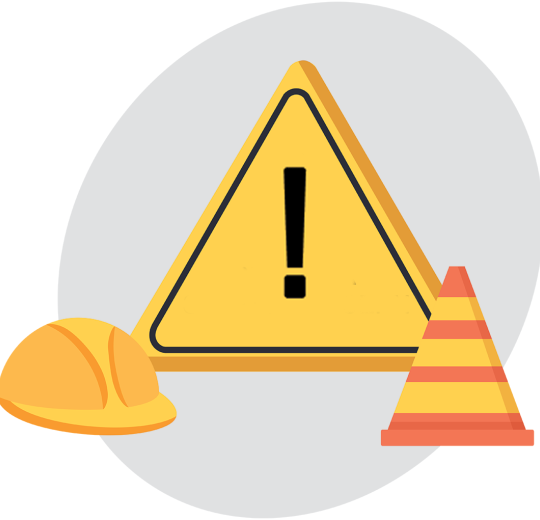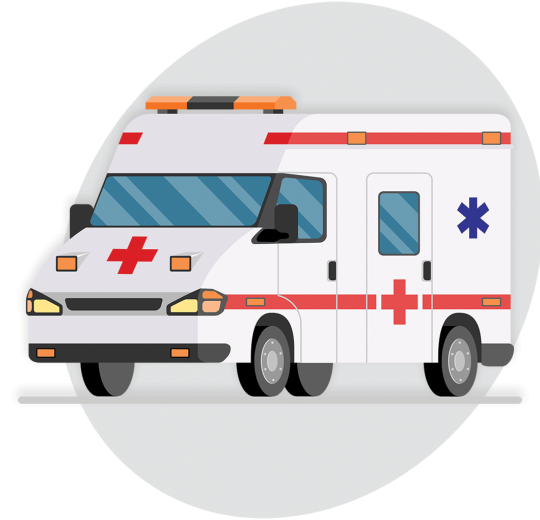Our Mission
To contribute to a learning environment at Stanislaus State by providing support, guidance, and leadership while engaging the campus community in promoting, participating, and cultivating a culture of safety.
Our Motto
Do your work with pride...put safety in every stride!
You are encouraged to report unsafe conditions and near misses observed on campus without fear of reprisal. These may include health and safety risks, unsafe driving practices, fire safety issues, security issues, environmental concerns, and indoor air quality concerns.

To report an Employee injury, illness or incident, please complete the Injury/Illness Report Form.


Safe At Work Pledge
Safety is everyone's responsibility, and you can show your commitment by taking our SafeAtWork pledge.
Quick Links
Updated: August 13, 2025